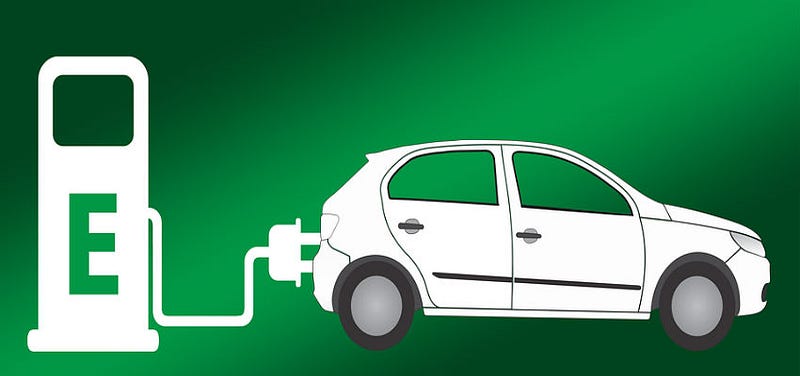Registering a company in India is an exciting milestone—but it’s also a legal process where even small errors can cause delays, rejections, or future compliance issues. Whether you're an aspiring entrepreneur or an international investor, avoiding these common mistakes will help you sail smoothly through the company incorporation in India process.
In this blog, we’ll uncover the top pitfalls that businesses make during company registration—and how to avoid them.
1: Choosing the Wrong Business Structure
Many founders rush into incorporating a Private Limited Company without evaluating whether it's the right fit.
Why it’s risky:
You could face higher compliance requirements, unnecessary costs, or limitations on ownership and control.
What to do instead:
Compare structures like Private Limited, LLP, OPC, and Partnership based on capital, team size, tax flexibility, and future funding needs.
2: Not Checking Company Name Availability
One of the most overlooked steps is failing to check if the proposed name is already in use or too similar to an existing trademark.
Why it’s risky:
MCA may reject your application, causing delays and resubmission fees.
What to do instead:
Use the MCA’s RUN service to check name availability and avoid restricted words or trademark conflicts.
3: Submitting Incomplete or Incorrect Documents
Even one incorrect detail on your PAN card or address proof can result in rejection or legal discrepancies later.
Why it’s risky:
It leads to incorporation delays and mismatches in statutory filings.
What to do instead:
Ensure all documents (ID proof, address proof, office lease, NOC, etc.) are current, clearly scanned, and consistent across applications.
4: Ignoring Registered Office Compliance
Your registered office must meet certain standards and be verifiable by government officials.
Why it’s risky:
If the office is unverifiable or lacks proper documentation, MCA can reject your application or issue notices post-approval.
What to do instead:
Provide a lease/rent agreement, latest utility bill, and NOC from the property owner.
5: Overlooking SPICe+ Form Requirements
The SPICe+ form is comprehensive but confusing for first-time applicants.
Why it’s risky:
Inaccurate data entry can lead to rework or denial of incorporation.
What to do instead:
Consider consulting a company secretary or legal expert to fill SPICe+ correctly, including PAN, TAN, EPFO, and GST fields.
6: Not Planning for Post-Incorporation Compliance
Many founders think registration is the final step—but the real work begins afterward.
Why it’s risky:
Failing to open a bank account, register for GST, or file annual returns can lead to penalties.
What to do instead:
Create a compliance calendar and maintain statutory registers, board meeting records, and timely filings.
7: Attempting DIY Without Expert Help
Incorporation is a legal process, and even with online systems, errors can slip through.
Why it’s risky:
DIY errors often result in longer turnaround times, rejections, or hidden legal risks.
What to do instead:
Use a professional incorporation service or consult a company secretary (CS) to handle the process efficiently.
Frequently Asked Questions (FAQs)
1. What happens if my company name is rejected during incorporation?
You will receive an email from MCA asking you to propose a new name. This may delay the process by 3–5 days.
2. Can I use my home as a registered office address?
Yes, as long as you provide valid address proof and an NOC from the owner (if rented).
3. Is it possible to change the company structure after incorporation?
It is possible, but it involves legal filings, board resolutions, and time. Choose your structure carefully upfront.
4. Do I need professional help to incorporate a company in India?
While not mandatory, professional guidance helps avoid technical rejections and ensures long-term compliance.
5. How can I track the status of my incorporation application?
You can track it using the SRN (Service Request Number) on the MCA portal.
Final Thoughts
Company incorporation in India is easier than ever thanks to digital platforms and integrated services—but it still requires attention to detail. By avoiding these common mistakes, you can save time, money, and future legal troubles.
Whether you're starting up or scaling from abroad, careful planning and compliance from day one will set the stage for long-term success.
.jpg)
.png)







